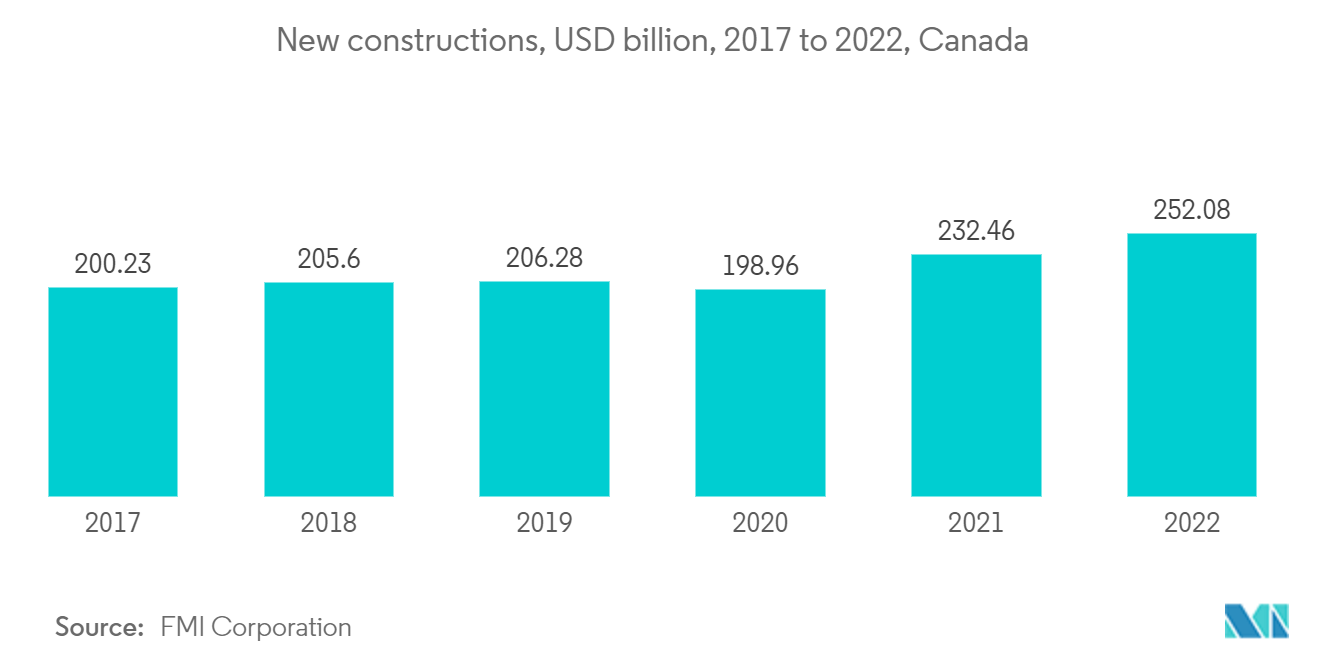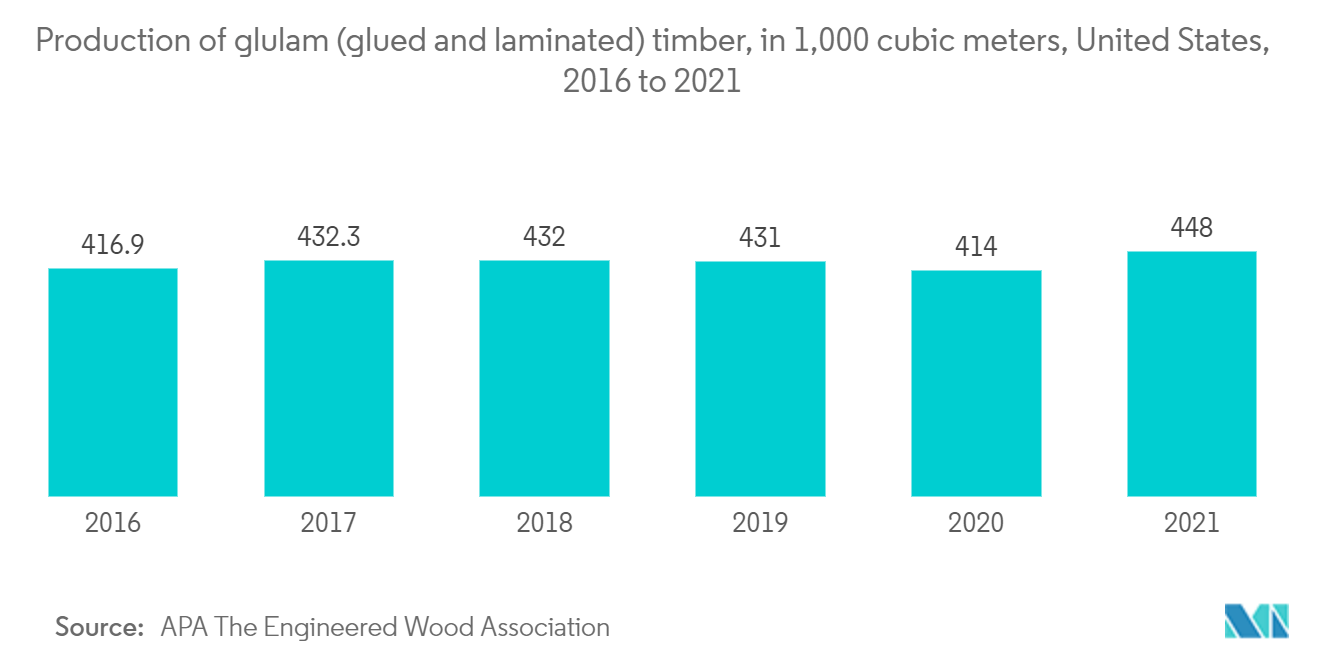Market Trends of North America Prefab Wood Building Industry
This section covers the major market trends shaping the North America Prefab Wood Building Market according to our research experts:
Increasing Government Initiative is assisting Canada's Prefab growth
As Canada transforms into a net-zero economy, the government of Canada encourages buildings and projects that employ sustainable and renewable resources. The efficient and creative use of Canadian forest products has the potential to revolutionize the building sector.
As a result of this shift, mass wood, and modular building are now leading materials and methods for energy-efficient and cost-effective construction. Mass wood and new, creative modular construction technologies, which are lighter than traditional building materials but equivalent in strength, are vital in moving toward a greener future. The Minister of Natural Resources is happy to announce that the Mass Timber Modular System Project will receive over USD 110,000 in funding.
The contribution is made possible through the Green Building via Wood (GCWood) Program, which promotes the use of wood in construction projects while also assisting Canada's transition to a low-carbon economy. EllisDon's Hybrid Timber Floor System was also helped by GCWood.
The IFIT initiative of Natural Resources Canada accelerates the adoption of transformational technologies and products by bridging the development-commercialization gap. IFIT-funded initiatives contribute to the diversification of the forest product market by developing high-value bioproducts such as bioenergy, biomaterials, biochemicals, and next-generation construction materials.

Usage of Timber in construction is Boosting the Industry
Demand for U.S.-produced softwood lumber, a backbone of the timber industry nationally, is at an all-time high, with all five end-use categories residential housing, repair and remodeling, non-residential construction, material handling, and others expecting record growth over the next decade.
The anticipated surge in growth is largely due to the non-residential construction sector, which is expected to grow at the fastest rate and increase its share of total softwood lumber usage at an annual rate of 2.3 percent over the next ten years, with US lumber consumption reaching an "all-time high" by 2030.
The Southern States, on the other hand, have positioned themselves as the lowest regional cost supplier of softwood lumber to the U.S. lumber market. Because of their huge timber supply, the Southern states are sometimes referred to as the country's wood baskets.
They possess almost 40% of the country's 521 million acres of forest land. A dozen new sawmill projects are proposed for the southern United States. As a result, the United States timber production will increase, and the instances are outstanding.
Despite the key benefits offered by cross-laminated timber, including eco-friendly prefabrication to conduciveness and myriad potential design applications, construction firms in the United States have been slow to adopt cross-laminated timber. However, the recent developments in the industry suggest that the user might grow over the next few years in the United States.
Cross-laminated timber (CLT) is emerging as a popular material of choice for both residential and commercial prefabricated structures across the United States. The inclusion of cross-laminated timber in building codes and insurance coverage suggests that construction firms may soon begin using cross-laminated timber more frequently in commercial and residential prefabricated projects. This can lead to increased demand from the short to medium-term perspective.


